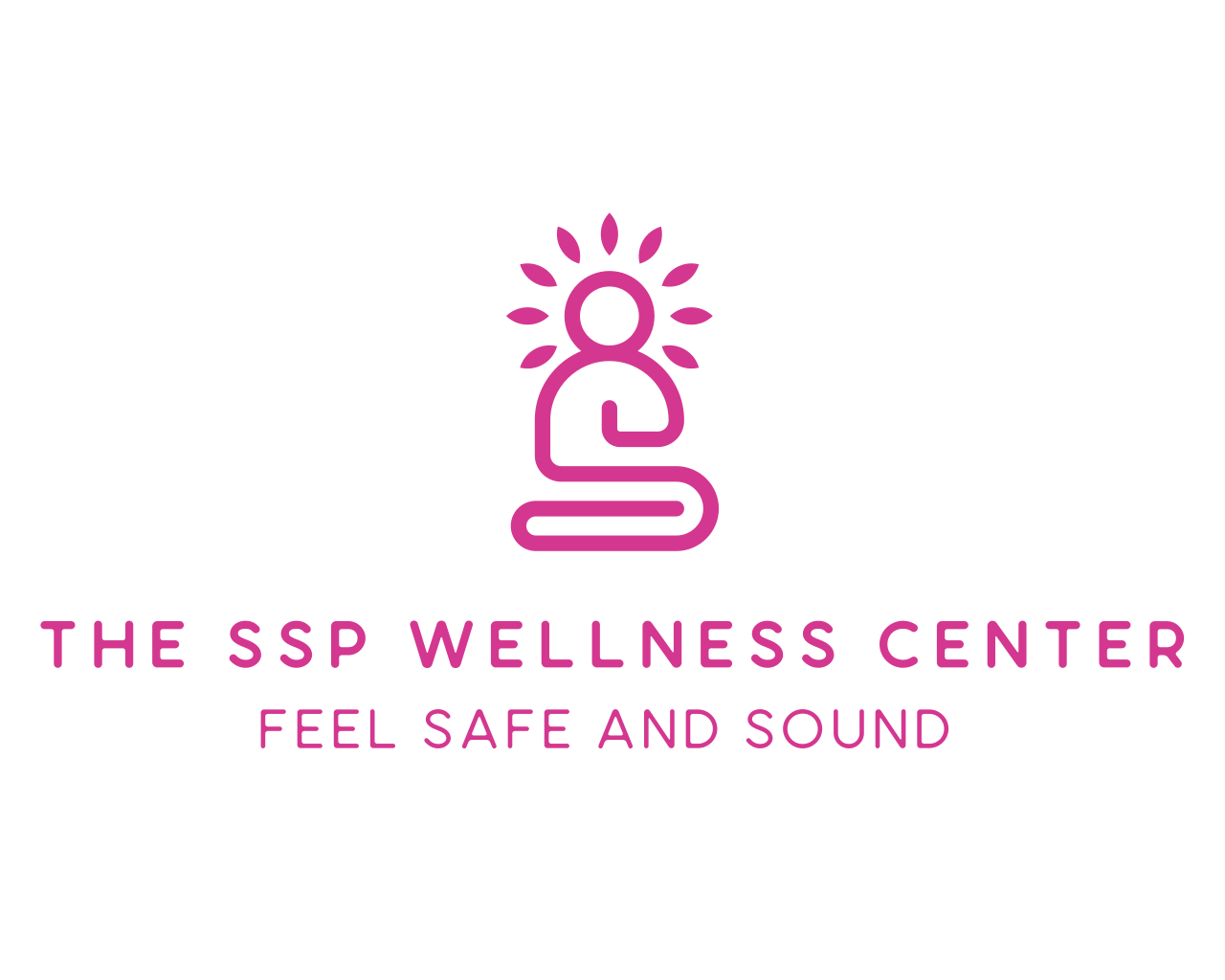If you’re curious about what conditions the Safe and Sound Protocol (SSP) can actually support, we’ve got you covered. This article breaks down the full list of conditions SSP can help with—from those that are well-researched to the ones where anecdotal evidence suggests it might be a game changer.
We’ll also touch on conditions that need special attention and how our approach to the SSP might still work in those cases.
The Well-Documented Conditions SSP Can Help With
SSP has been shown to help with a wide range of conditions by “resetting” the nervous system, and creating a foundation for healing.[*]
Amongst the many conditions it can support, there are a handful that surface more than others. Here’s a list of the most common conditions SSP has been documented to help[*].
- ADHD
- Autism[*]
- Long Covid
- Misophonia (see contraindications below for special adjustments)
- Depression & Anxiety
- Trauma (PTSD/CPTSD)
- Tinnitus
- Chronic Pain
- Sleep Challenges
- Chronic Stress & Burnout
- Sensory Processing Issues (Both sensory processing sensitivity and disorder)
- Chronic Health Conditions (more on this in a second)
- Digestive Issues
- Disordered Eating
- Food Sensitivities
- Chronic Lyme Disease
- Speech & Language Issues
- Chronic Fatigue Syndrome
- Nervous System Dysregulation
- Traumatic Brain Injury (TBI)
- Dyslexia
- Insomnia
SSP has been a lifeline for many people dealing with these issues.[*] If one (or more) of these conditions resonates with you, SSP might be exactly what you’ve been searching for.
Want to see some specific case studies? You can find an extensive library of them over at the official Unyte site.
Other Conditions Anecdotally Supported by SSP
Okay, let’s get into the less researched, but still very real, anecdotal evidence.
In theory, SSP may benefit any condition that has an autonomic nervous system component. The following are specific conditions where people have reported improvements with SSP, even though they aren’t widely studied yet:
- Burnout
- Dissociation
- Exercise intolerance
- Grief (like post-divorce or loss of a loved one)
- Phobias
- Pregnancy (pre and post-partum)
- Bullying
- Migraine
- Balance and movement issues
- Relationship difficulties
- Obsessive-Compulsive Disorder (OCD)
- Asperger’s
- Medically unexplained symptoms
- IBS
- Visceral hypersensitivity
- Chronic pain
- Chronic fatigue (CFS)
- Skin conditions (Such as rosacea)
- Thyroid conditions (such as hypothyroidism)
- POTS
- Supplement sensitivities
- Food sensitivities
These conditions aren’t front and center in the research, but many people using SSP have reported positive shifts (ourselves and our clients included).

Conditions That Need Special Consideration or Adaptation
Now, some conditions require a bit more care when doing SSP. If you’re dealing with any of these, SSP might still be helpful, but you’ll need to proceed with caution and work closely with a trained provider.
Here are the conditions where special adaptations or extra support might be needed:
- Perforated or Ruptured Eardrums, Stapedectomy: If you’ve had issues like tympanostomy tubes or anything that affects how your ears process sound, SSP might still be possible. But, you’ll need to talk to a doctor or audiologist first to make sure it’s safe.
- Controlled Seizures: If your seizures are under control, SSP can work, but go slow and steady. Check in with your neurologist before you start, and in-person sessions are recommended so you can be closely monitored.
- Tinnitus: If you’ve got mild or past tinnitus, you might still be able to do SSP. The key is to start with super-short sessions at a low volume—consider using speakers instead of headphones, and work closely with a practitioner experienced in tinnitus management.
- Misophonia or Hyperacusis: If sound sensitivity is a big deal for you, you’ll want to start with speakers and keep the volume really low. Your practitioner can help adjust as you go.
- Autoimmune, Neurological, and Chronic Conditions: If you’re managing complex chronic conditions like fibromyalgia or chronic Lyme disease, SSP can be a huge help—but you’ve got to take it slow. Your nervous system is likely more sensitive, so work with a healthcare provider who can guide you.
- Bipolar Disorder, Borderline Personality Disorder, Dissociative Disorders: These conditions involve mood and identity regulation, which can make SSP tricky. But under the right circumstances, with close monitoring and an experienced practitioner, SSP can still be helpful. Sessions should be done in person and paced carefully.
- Self-Harm and Suicidal Thoughts: If you’re actively self-harming or having suicidal thoughts, SSP isn’t the best fit. But, if these behaviors are in the past, you may still benefit with close supervision from a mental health professional experienced with self-harm.
- Psychosis or Recent Psychiatric Hospitalizations: If you’ve had active psychosis or been hospitalized recently, SSP needs to be approached carefully. If the psychosis is well-managed and in the past, it might be possible to use SSP under specialist supervision. Always work with a psychiatrist or mental health professional for approval.
- Currently Going Through Significant Life Changes: Starting SSP during big life transitions (moving, new job, relationship changes) isn’t always the best idea. But if life is just always hectic, reach out to a provider to see if now’s the right time to begin the program.
At the SSP Wellness Center, we believe that almost any condition can benefit from SSP in some way—even chronic and complex cases. Where a condition is contraindicated as above, we may use our very own SSP “Microflow” approach to support you with SSP. You can find out more about contraindications and how we Microflow SSP here.
As you can see, SSP has the potential to help with a wide variety of conditions—and this list is by no means exhaustive. If you are unsure if the safe and sound protocol can help you, or if you have any of the conditions that need special care, please reach out to us, or check out our SSP FAQs to find out more about how SSP could help you!

